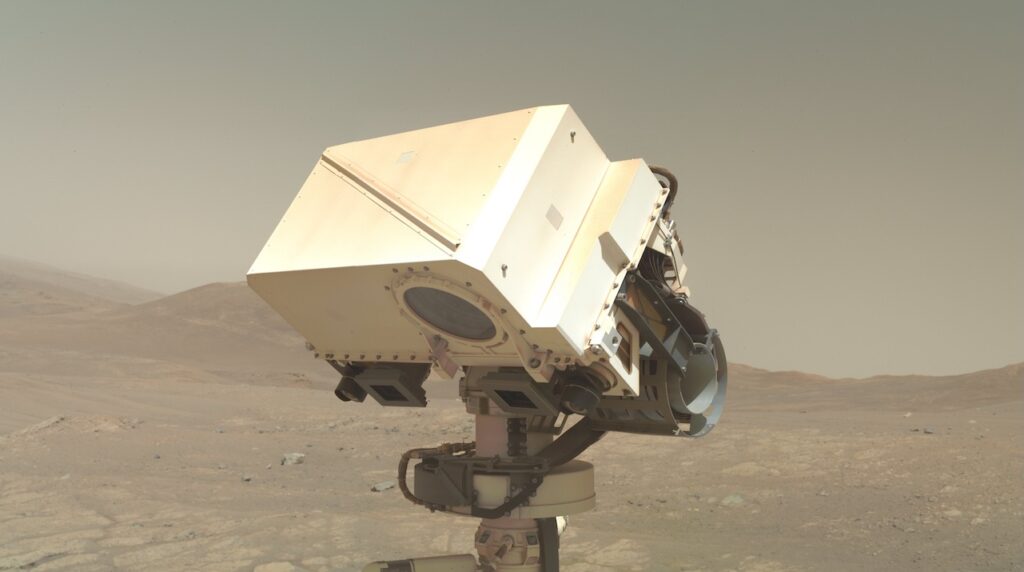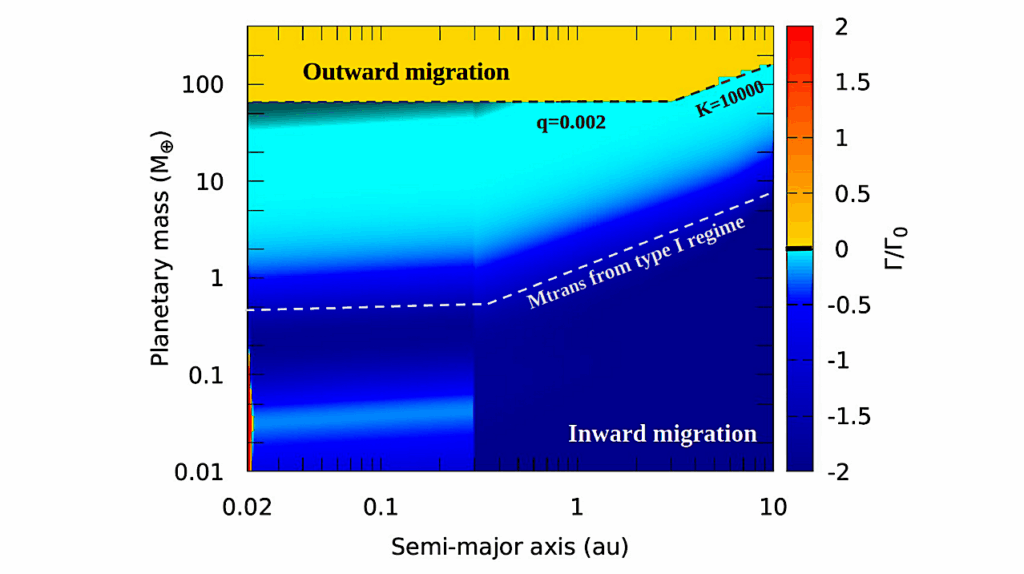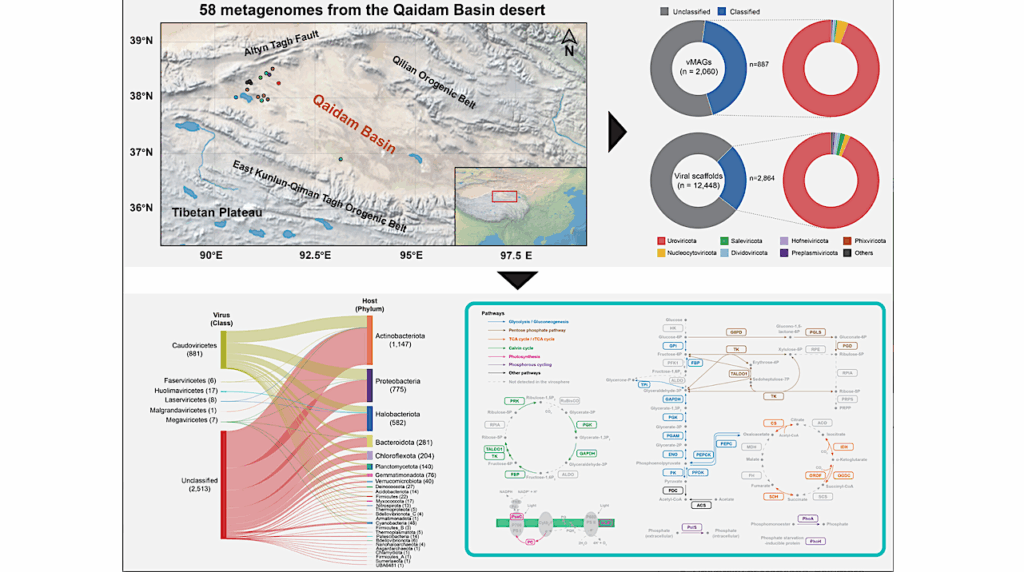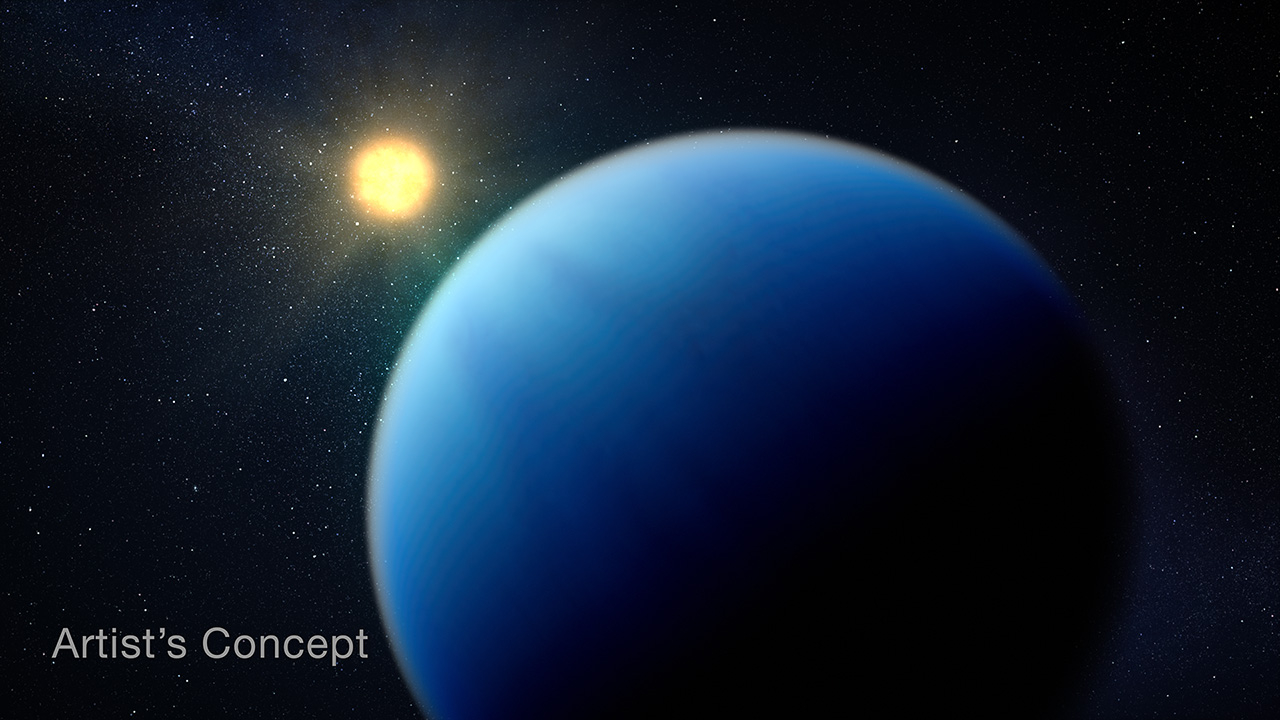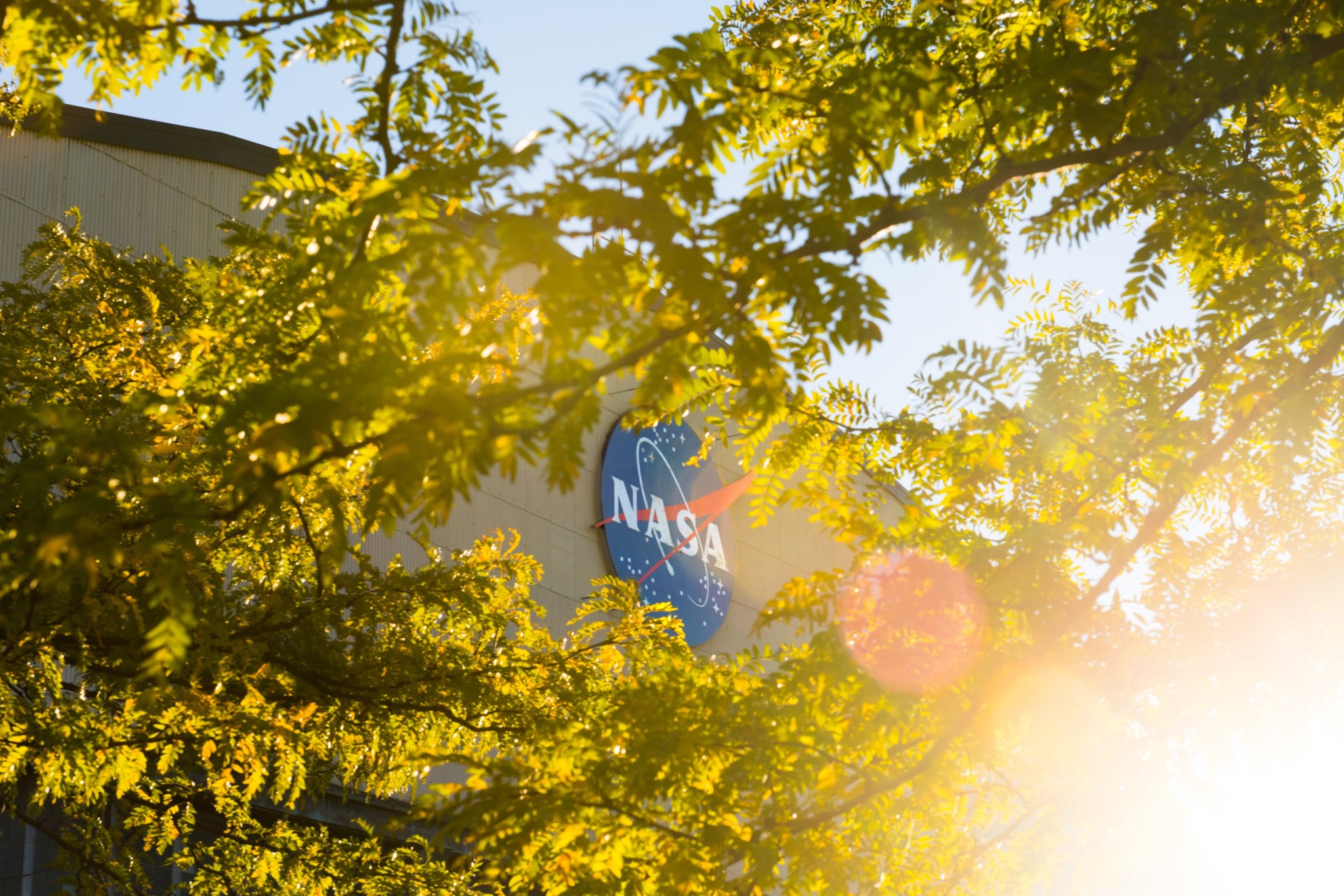Now Reading: Equatorial CO2 Distribution Suggests Active CO2 Supply on Europa
-
01
Equatorial CO2 Distribution Suggests Active CO2 Supply on Europa
Equatorial CO2 Distribution Suggests Active CO2 Supply on Europa
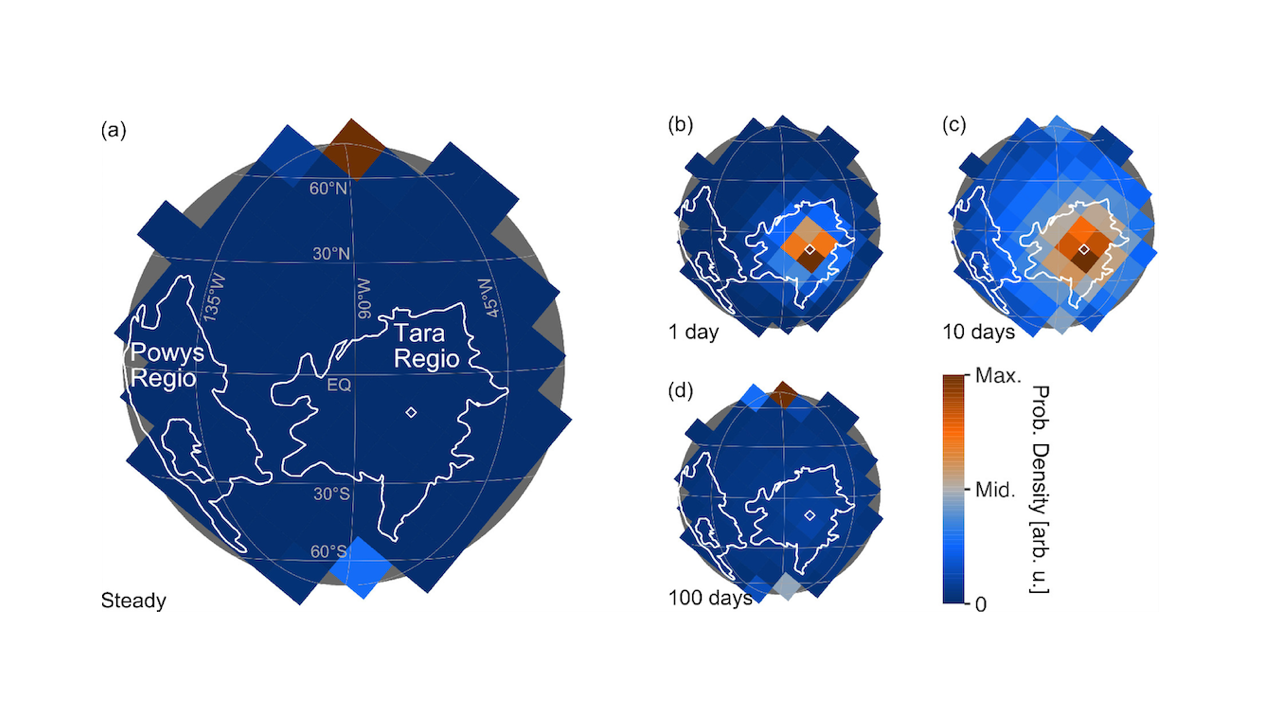

Model of the observed distribution of CO2 based on our results shown in Figure 4. The resolution and the subobserver point are aligned with the JWST’s observation (2.7°N, 93°W; S. K. Trumbo & M. E. Brown 2023; G. Villanueva et al. 2023). Additionally, the cross section from the observer’s perspective is considered. As a result, the intensity around the north pole seems stronger than around the south pole (a). The regions surrounded by white lines are Tara Regio (∼10°S, 75°W) and Powys Regio (∼0°S, 150°W) (E. J. Leonard et al. 2024). — The Planetary Science Journal
The James Webb Space Telescope’s (JWST) observation of Europa recently revealed CO2 accumulation around geologically young chaos terrains Tara Regio and Powys Regio.
The spatial heterogeneity in CO2 distribution suggests an endogenic source of CO2 in these terrains, although the timescale of CO2 supply remains uncertain. Here, we investigate CO2 distribution on Europa by conducting Monte Carlo simulations considering sublimation, ballistic transport, and loss via photoionization. With a hypothetical CO2 source at the equator, a CO2 molecule is transported to the polar regions over a timescale of ∼10 days before being lost via photoionization.
Accordingly, CO2 accumulates around the poles, with minimal CO2 around the hypothetical source under steady-state conditions. To achieve a CO2 distribution similar to that observed by the JWST, an unknown effective loss process of CO2 on Europa, >100 times faster than photoionization, would be required.
Such a process may include CO2 dissociation/ionization by irradiation of high-energy particles. Since CO2 at the equatorial regions would be lost via either transport to the polar regions or dissociation/ionization within tens of days after CO2 supply, CO2 at around the equatorial regions observed by the JWST suggests its ongoing supply to the surface.
Further continuous observations of Europa provide insights into the chemistry and dynamics of CO2.

Difference in CO2 distribution in a steady state with different loss rates or residence time. In (a) and (b), the CO2 loss rate (τphoto in Equation (27)) was assumed to be 100 times and 1000 times less than the case shown in Figure 4, respectively. On the other hand, in (c) and (d), the residence time of CO2 (τice,co2 in Equation (14)) was assumed to be 106 and 107 times larger than the case shown in Figure 4. See Figure 4 for further details. A shorter timescale of CO2 loss and/or a larger residence time of CO2 resulted in a higher concentration of CO2 around the hypothetical source of CO2, indicated by white diamonds (10°S, 75°W).– The Planetary Science Journal
Equatorial CO2 Distribution Suggests Active CO2 Supply on Europa, The Planetary Science Journal (open access)
Astrobiology
Stay Informed With the Latest & Most Important News
Previous Post
Next Post
-
 012024 in Review: Highlights from NASA in Silicon Valley
012024 in Review: Highlights from NASA in Silicon Valley -
 02Panasonic Leica Summilux DG 15mm f/1.7 ASPH review
02Panasonic Leica Summilux DG 15mm f/1.7 ASPH review -
 03From Polymerization-Enabled Folding and Assembly to Chemical Evolution: Key Processes for Emergence of Functional Polymers in the Origin of Life
03From Polymerization-Enabled Folding and Assembly to Chemical Evolution: Key Processes for Emergence of Functional Polymers in the Origin of Life -
 04How New NASA, India Earth Satellite NISAR Will See Earth
04How New NASA, India Earth Satellite NISAR Will See Earth -
 05And Thus Begins A New Year For Life On Earth
05And Thus Begins A New Year For Life On Earth -
 06Astronomy Activation Ambassadors: A New Era
06Astronomy Activation Ambassadors: A New Era -
07SpaceX launch surge helps set new global launch record in 2024













